The authors of “Lavash” book have presented a new book magazine dedicated to Armenian cuisine. "Artsakh" book magazine is a professionally designed collection of more than 40 original photographs and a sampling of tested recipes from the region, including “jingalov hats”, “kurkut”, “tonir bread”, and more. A full-color, limited-edition publication with stories and recipes showcases Artsakh before the war. 100% of proceeds will be donated to Armenia Fund to help the refugees of Artsakh.
Ara Zada, John Lee, Kate Leahy
To celebrate Artsakh before the war
In September 2020, war broke out in Artsakh. As a result, thousands of Armenians who have lived in Artsakh for generations are now displaced, starting over in Armenia with what they could carry in their cars and on their packs. Many have also lost loved ones on the frontlines․
Jingalov hats at the central bazaar in Stepanakert
“We made our first trip to Artsakh back in 2015, when coauthor John Lee and his Tumo food photography workshop students explored Stepanakert’s central bazaar with its teams of “jingalov hats” makers, Alla Arzumanyan’s cooking at Mayrik Cafe in Askeran, and Saro Saryan’s “khorovats” in Shushi.
Khorovats in Shushi
Coauthors Kate Leahy and Ara Zada made a whirlwind research trip with Tumo’s Marie Lou Papazian in November 2017. And all three of us together made one more trip to Artsakh in April 2018 where, among other things, we got to the bottom of exactly what kinds of greens go into “jingalov hats”.
Stepanakert market
So it is with heavy hearts and frustration that we witnessed the violence and destruction which has been unfolding. Our friends in Hayastan (Armenia) who had helped guide us during our book research, were seeing their own friends and family members take to the front lines to fight. And some had tragically fallen.
This compelled us to look back at some of the pictures John shot during our trips to Artsakh—quiet and peaceful times when its strong and resilient citizens showed us their hospitality, humor, and whimsy. The Artsakh depicted in these pictures should be the normal. The tragedy we’re witnessing now is a vile deviance.
Artsakh book magazine
It breaks our hearts that in addition to leaving their homes, Armenians in Artsakh were also walking away from centuries of history and culture. Some buildings and historic heritage sites are now lost for good. This is why we published ARTSAKH, a rich, full-color oversized publication commemorating what we saw while traveling in the region. We wanted to create a time capsule of the place before the war” the authors say.
Artsakh from John Lee on Vimeo.
To keep heritage alive
The authors of “Artsakh” book magazine are Ara Zada, John Lee, Kate Leahy, and Alice Chau. The team collectively has more than a decade (and more than 125 titles) of experience creating, designing, writing, and producing cookbooks.
Ara Zada is a chef, TV personality, food writer, and bow hunter based in Los Angeles. John Lee is an award-winning photographer and filmmaker based in San Francisco and Singapore. He specializes in culinary reportage. Kate Leahy is an award-winning food writer based in San Francisco. Alice Chau is an award-winning art director and book designer based in San Francisco.
Tonir hats in Stepanakert
The authors want “to make sure that the happier memories of Artsakh aren't gone forever”.
“Protecting culture in the face of war is a daunting task, but it's important to keep heritage alive and offer support to the newly displaced, who are starting over in Armenia”, - they say.
Kate Leahy, en route to Domaine Avetissyan winery
GastroVino talked to Kate Leahy on creating “Artsakh”.
The idea
Our friend Alice Chau, who is an art director and graphic designer, approached us about collaborating on a publication that would highlight Artsakh before the war. She had traveled to Yerevan with us during the Velvet Revolution, and she had been following the news about the war that broke out last fall. She wanted to help us create something to give back.
Alla Arzumanyan’s kitchen at Mayrik Cafe in Askeran
The process
Fortunately, we had already done a lot of the research when writing our book, “Lavash”. For this project, since it was a fundraiser, our goal was to make a beautiful publication as quickly as we could so we could give back to the people who have been displaced because of the war and are now starting over. We started talking about the idea in November and started writing it soon after. We also had to raise funds via Indiegogo so we could fund the printing of the publication.
By (I believe) the end of February, we were ready to print the publication. This is very fast! For “Lavash”, we started working on it in 2016 and it wasn't published until 2019.
Mulberry harvesting in Shushi
The content
It's less of a book and more of an oversized publication. Think of it as a collector's magazine. The pages are large to highlight the photography of John Lee, our co-author, who had shot photos of Artsakh in 2015 and 2018. Some of what he captured in pictures back then is now destroyed, so the photography is like a time capsule of the time before the war. Some of the places include the State Drama Theatre in Stephanakert, a khorovvats feast in Shushi, and the Ghazanchetsots Cathedral in Shushi.
Ghazanchetsots Cathedral in Shushi
We also collected recipes from Artsakh while we were researching our book “Lavash”, but we did not include them in that book because they didn't quite fit with the other recipes. In Artsakh, we found the perfect place to keep these recipes. Lavash also has a recipe for “jingalov hats”, but in Artsakh we made the recipe more extensive and included a photo of the list of herbs and greens used by the “jingalov hats” makers from the Stephanakert “Bazaar” (market).
Jingalov hats at the central bazaar in Stepanakert
It's really not necessary to have one- it's a personal choice for someone who wants to support rebuilding efforts and wants to have a time capsule of Artsakh before the 2020 war. And I should clarify that it is not a book (which would be much more expensive to print and ship - and we would still be waiting to receive copies).
3 dishes from Artsakh
I mentioned “jingalov hats” because that was the first thing anyone in Yerevan mentioned when we mentioned Artsakh food. And “jingalov hats” is also a fun recipe to share with anyone who loves flatbreads and greens. People from all over the world can find something to love in that dish.
Another dish is what we call “Artsakh Chicken”, which is inspired by the chicken stuffed with rice that we ate in Armenia. The cornelian cherries in the stuffing really make the dish come to life.
Artsakh Chicken
We also love “kurkut”, which we were told is the Artsakh version of harissa but uses pork or duck instead of chicken. It is rich and warming and we thoroughly enjoyed it.
Marie Tarian


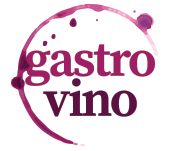
 ×
×


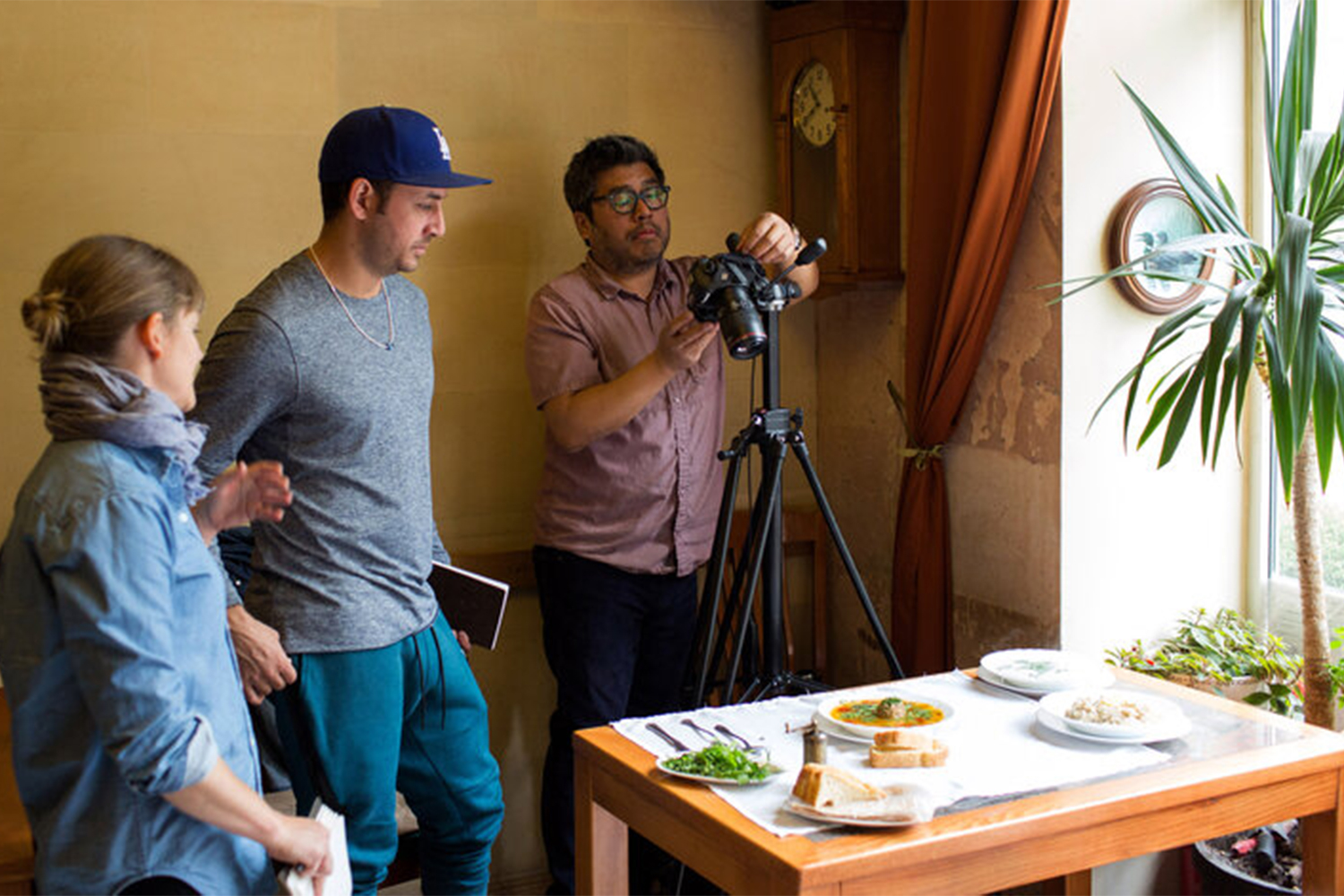
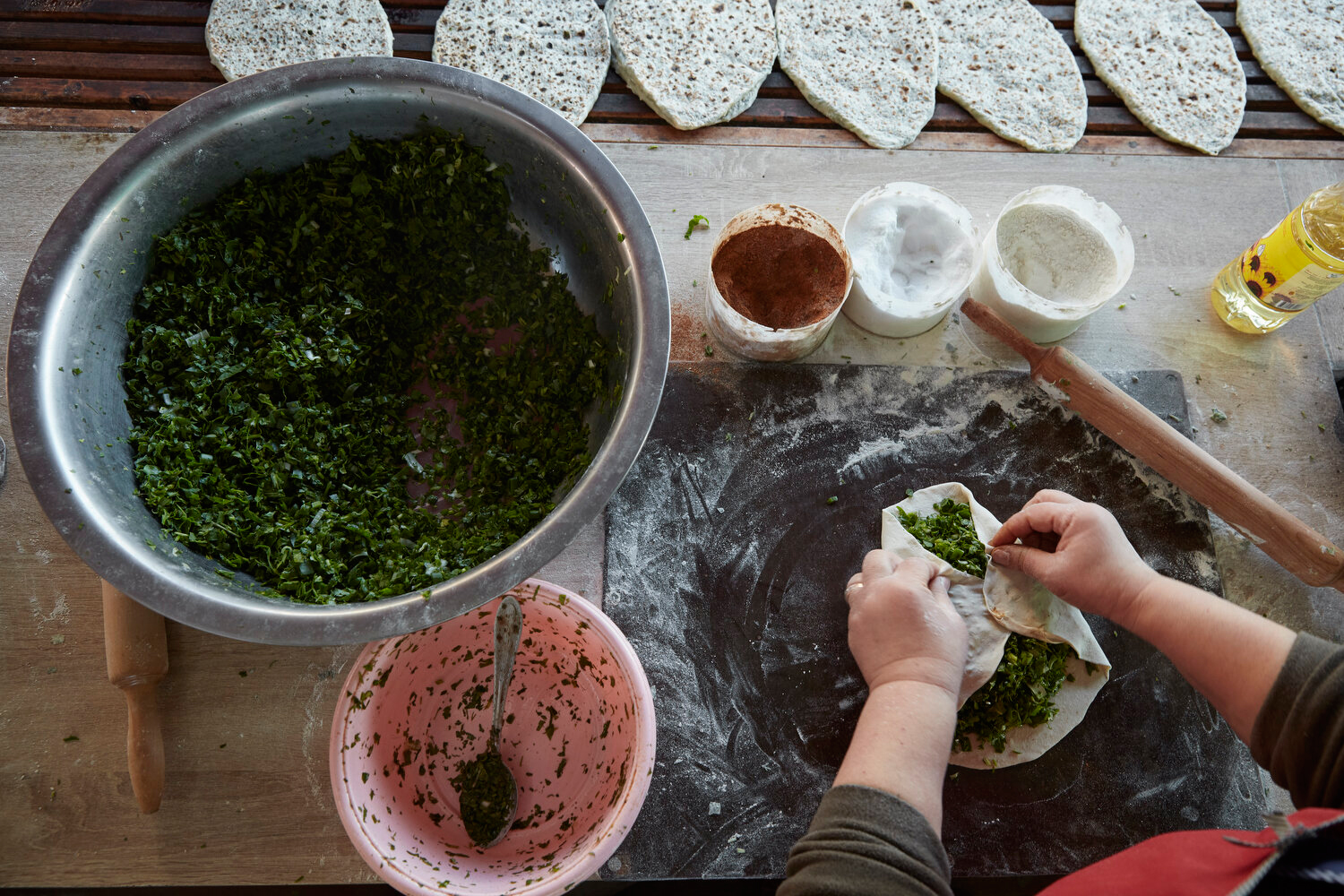
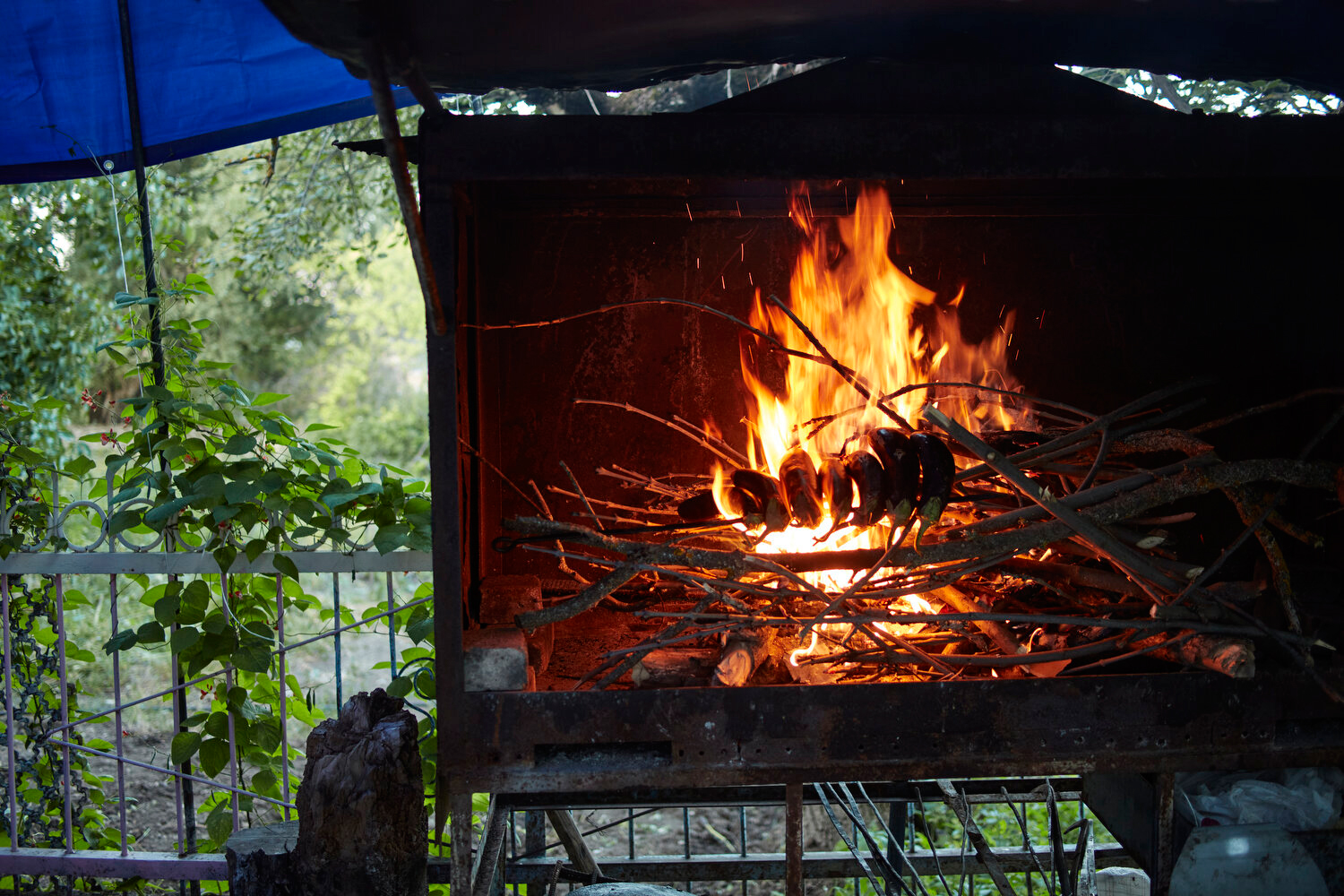
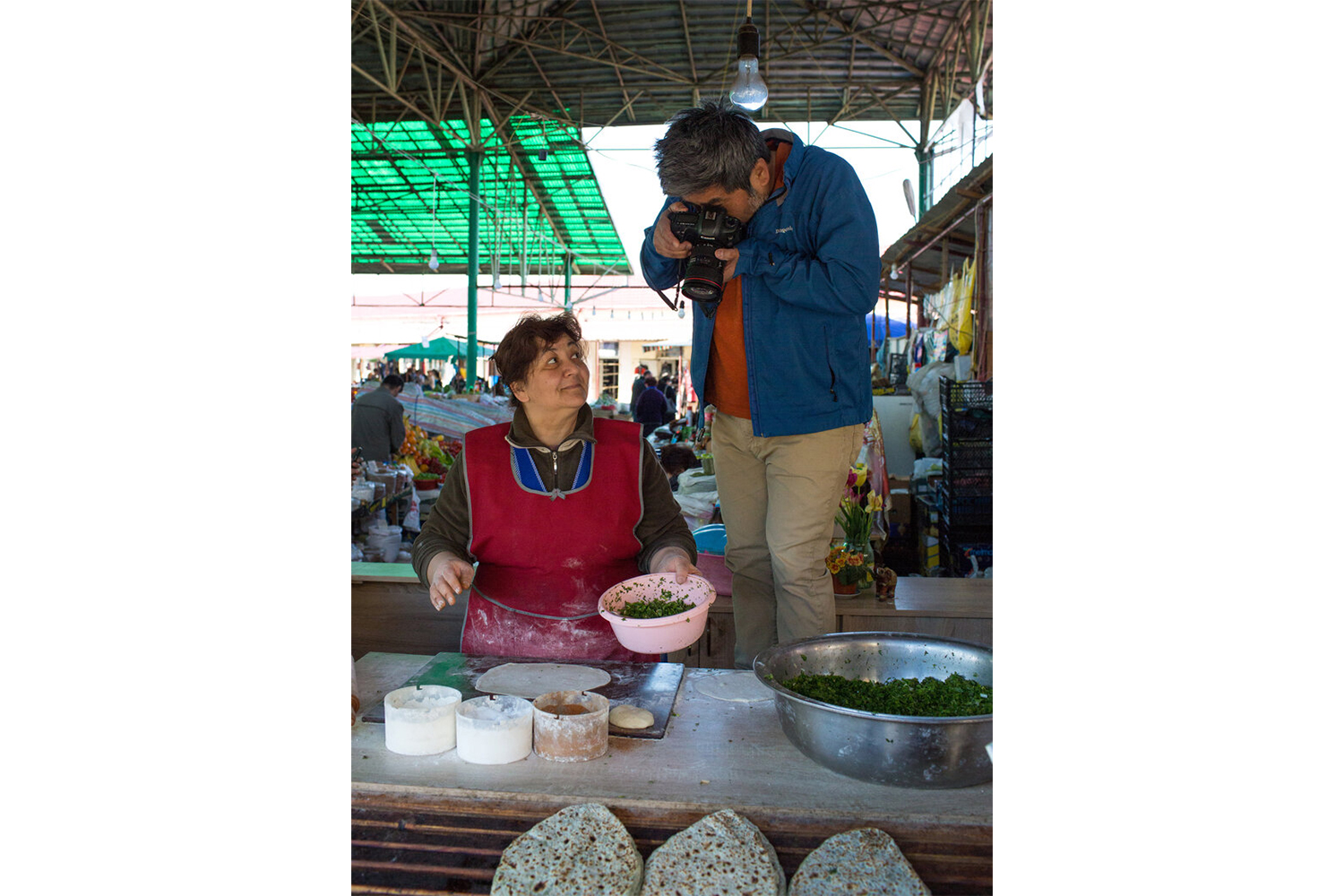
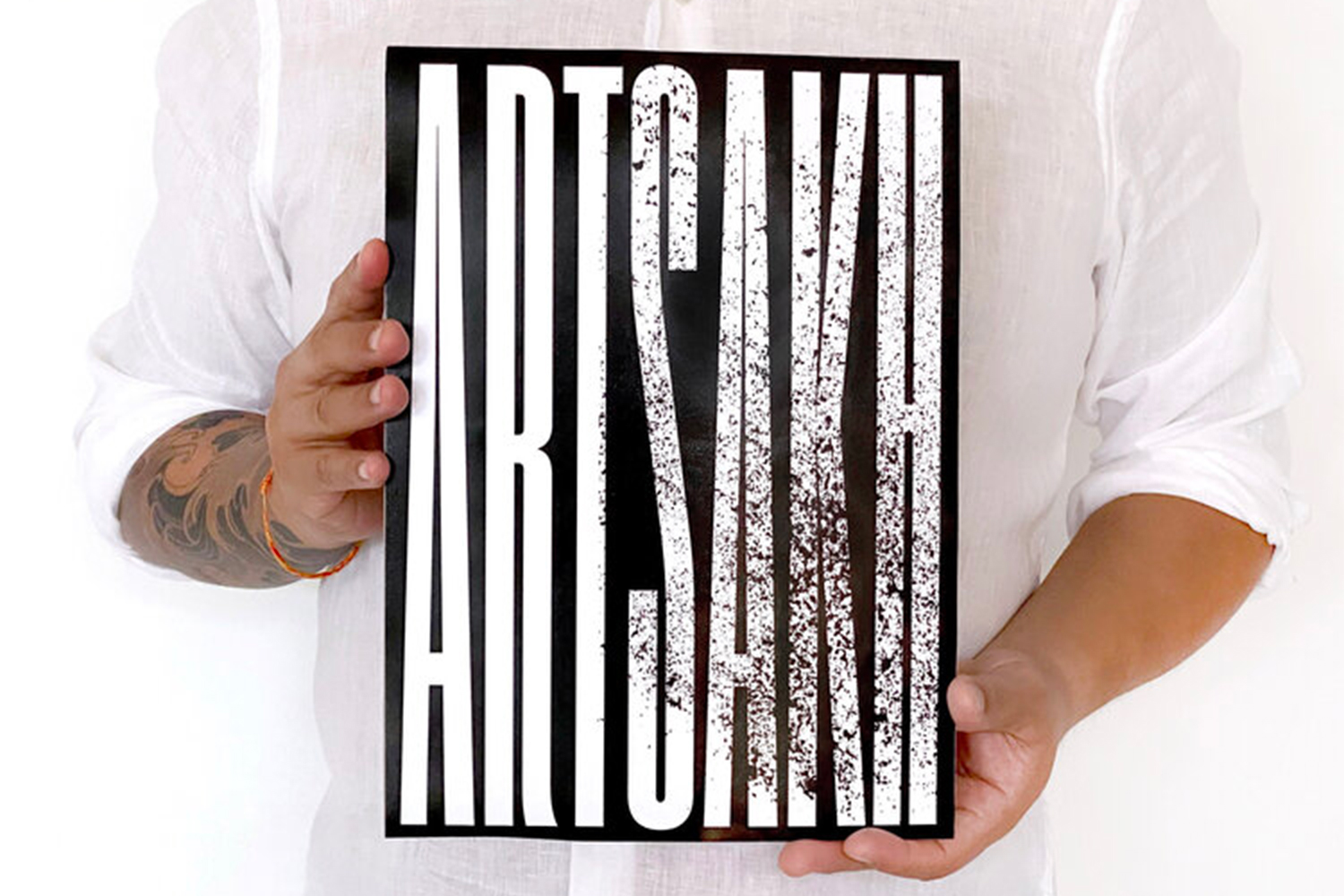
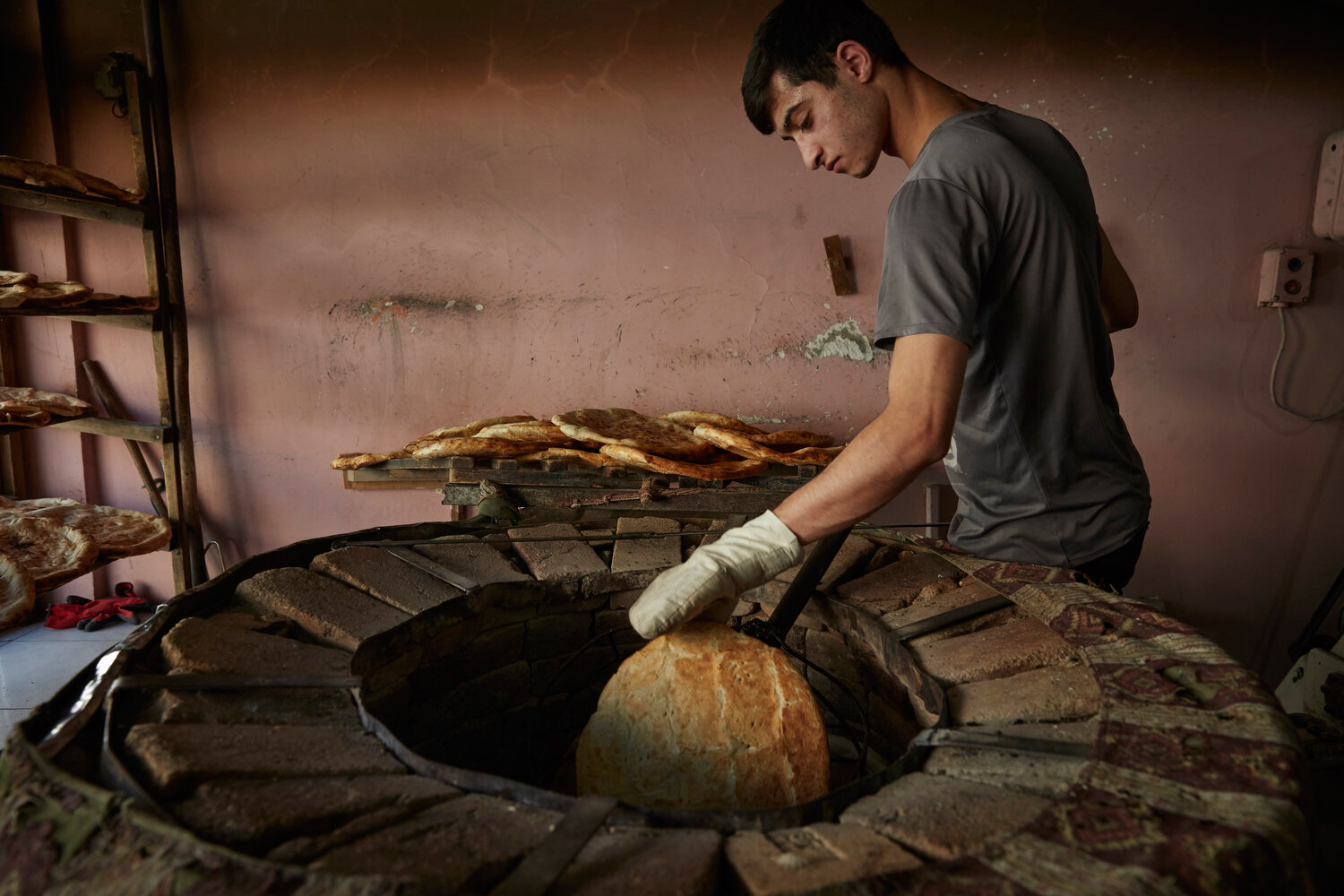
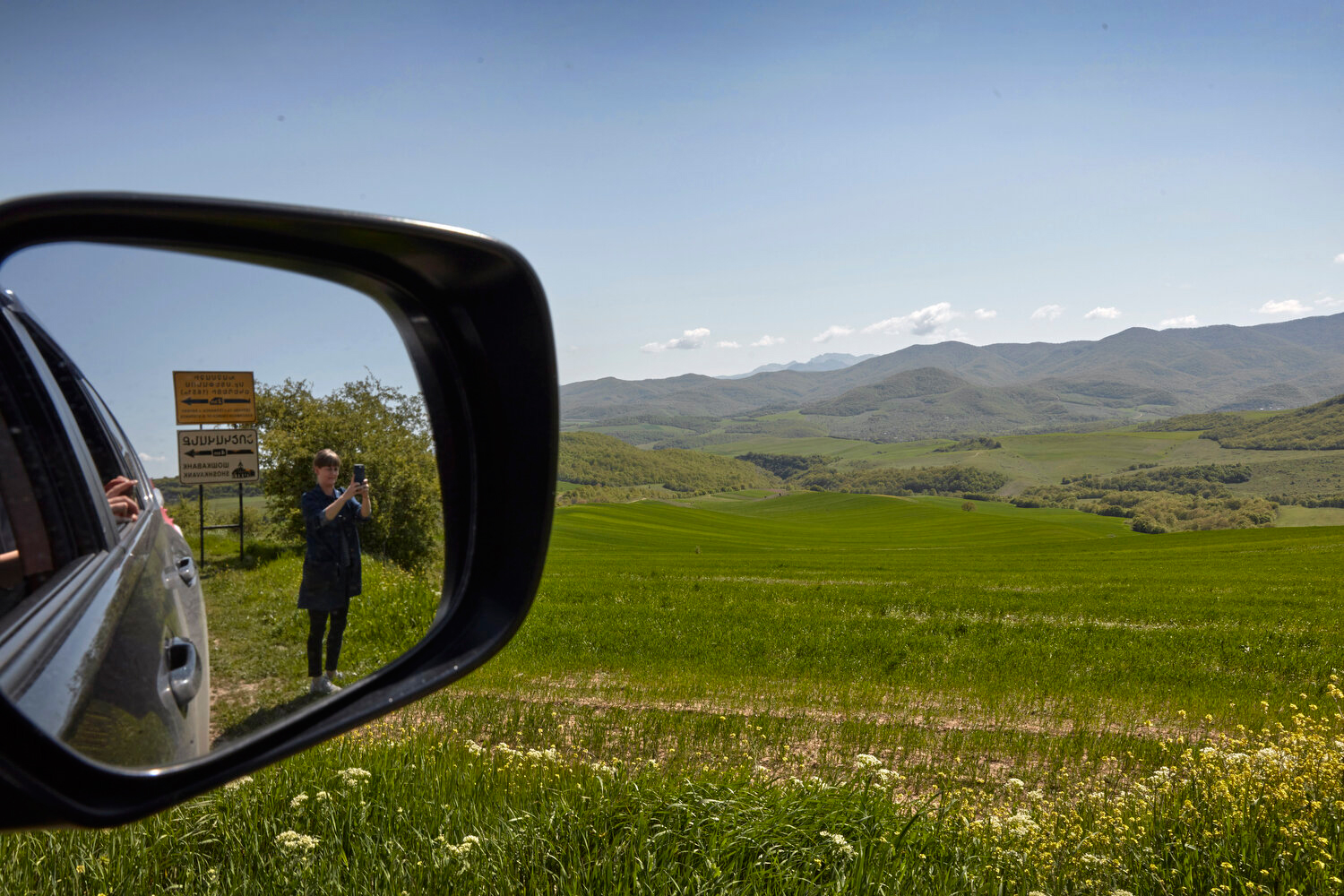
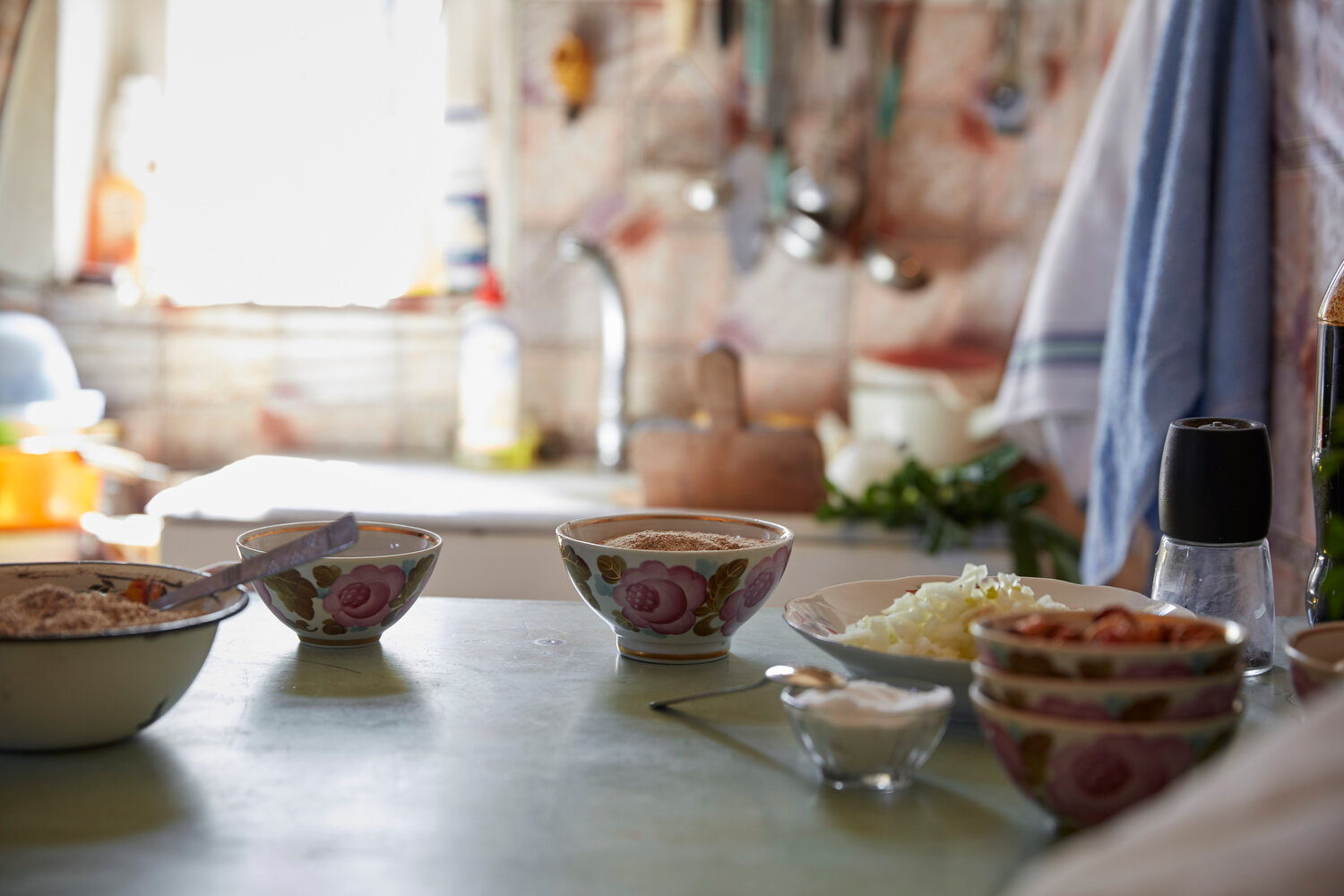
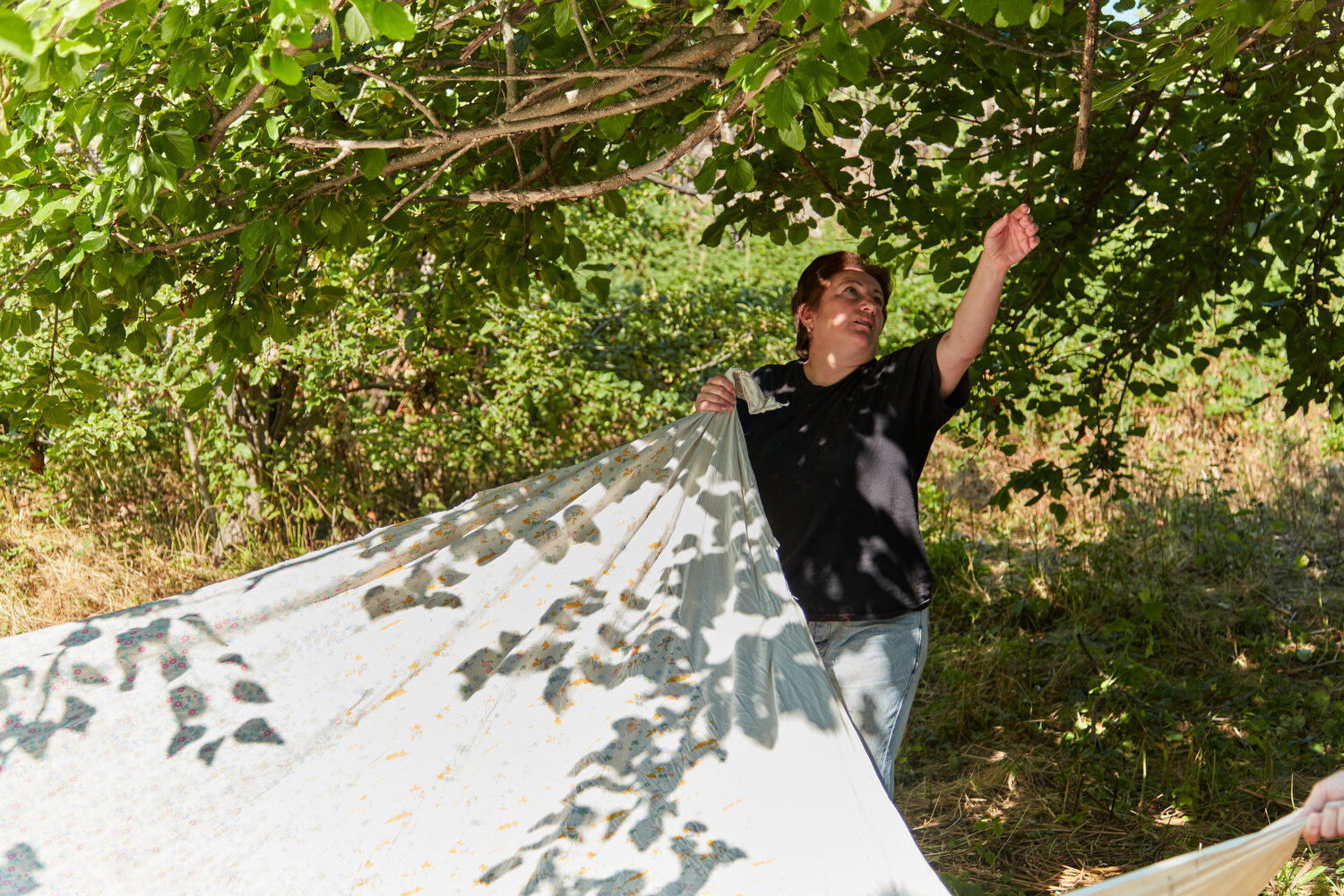
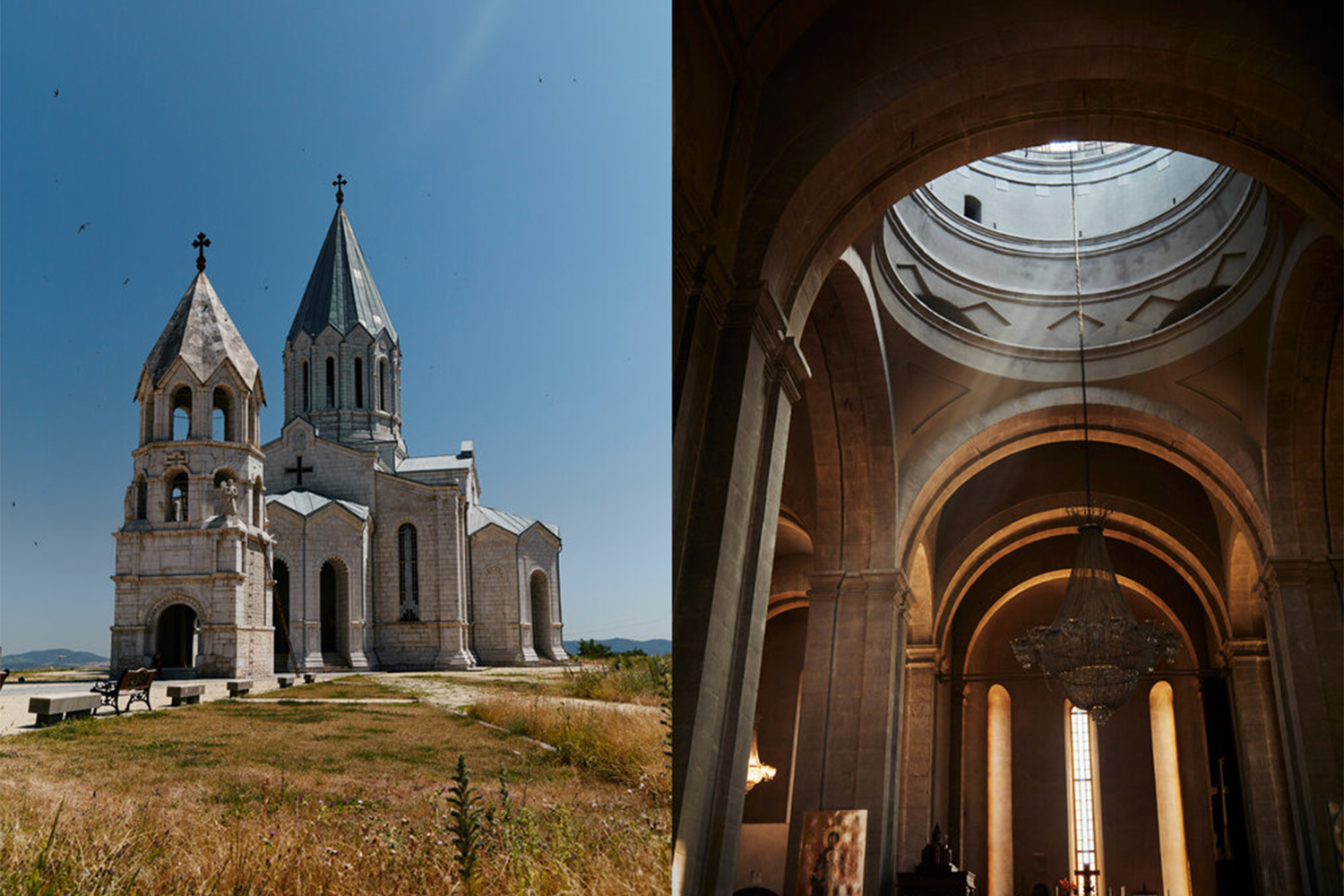
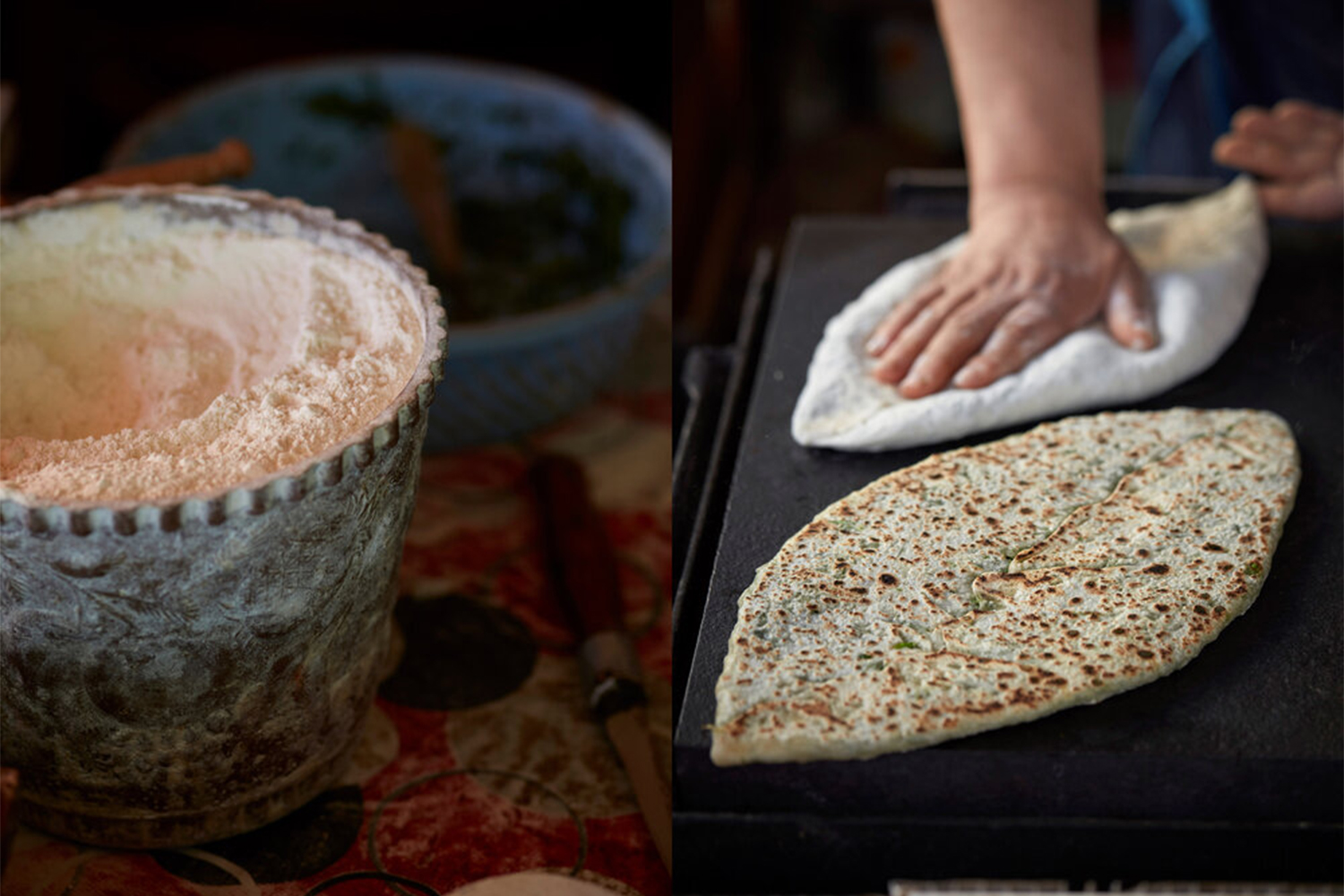
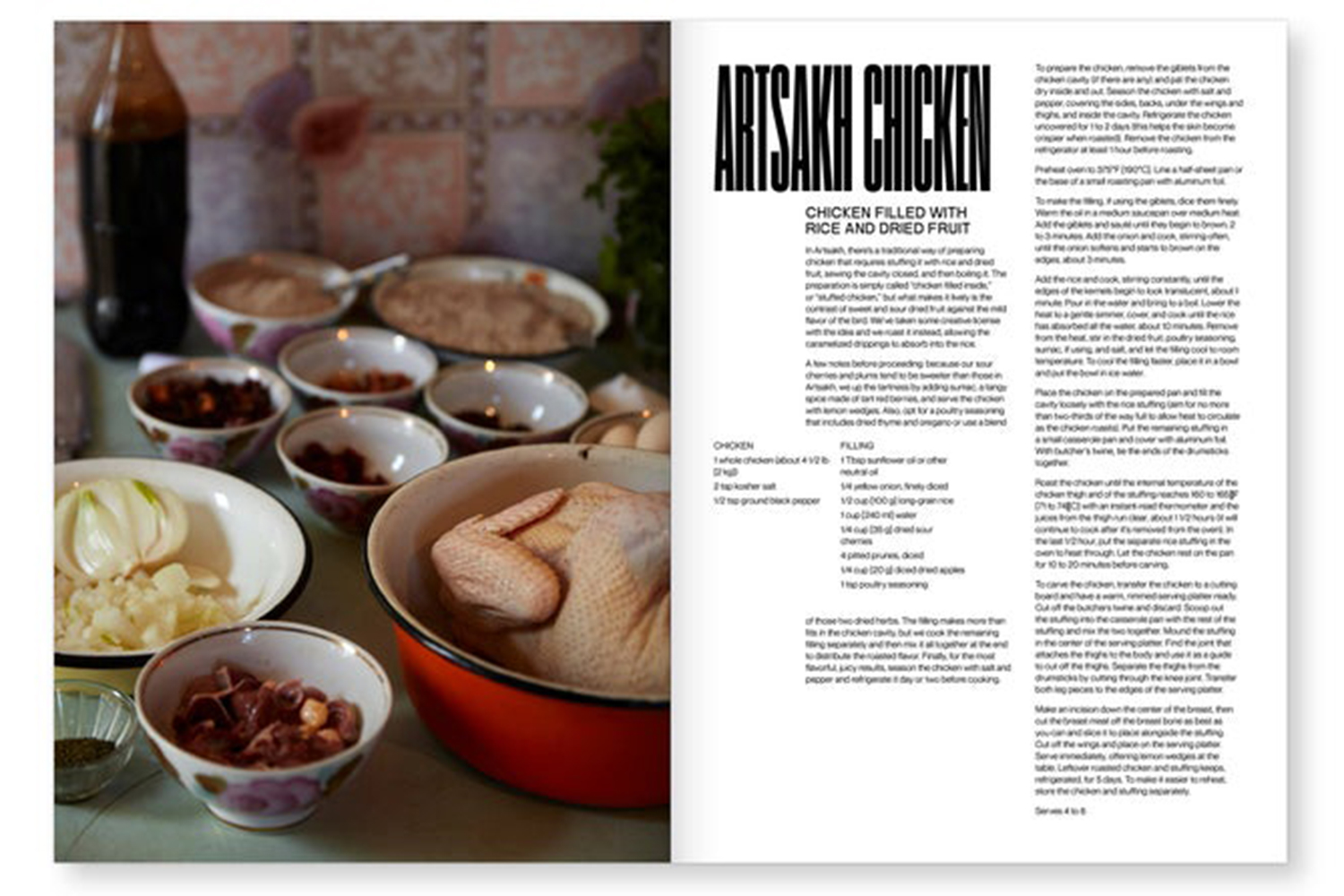




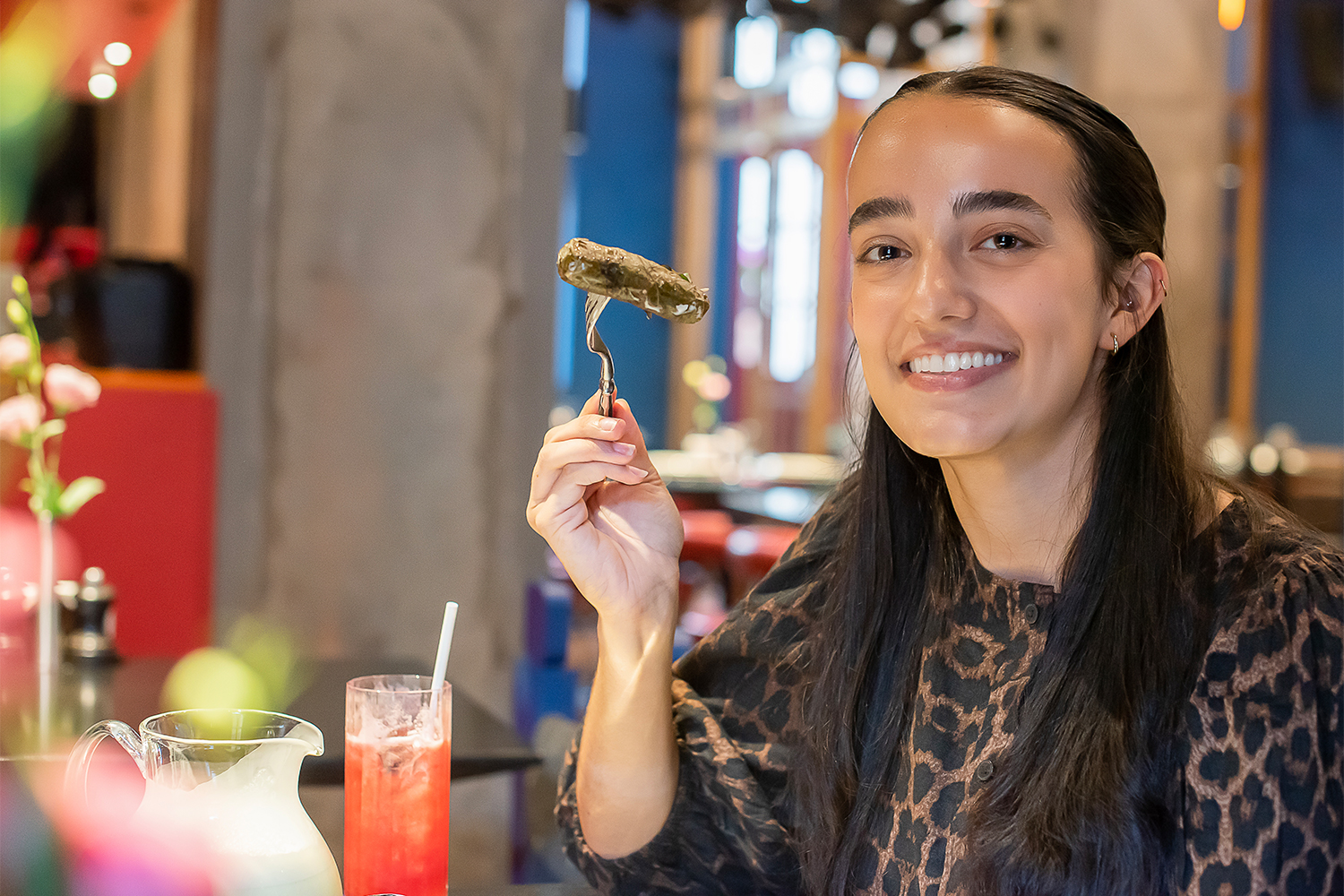



Comments
Dear visitors, You can place your opinion on the material using your Facebook account. Please, be polite and follow our simple rules: you are not allowed to make off - topic comments, place advertisements, use abusive and filthy language. The editorial staff reserves the right to moderate and delete comments in case of breach of the rules.